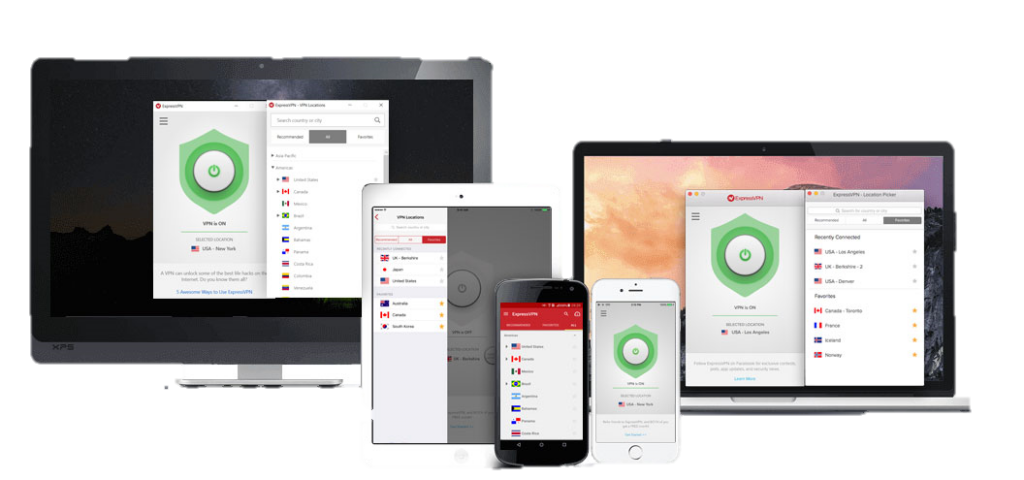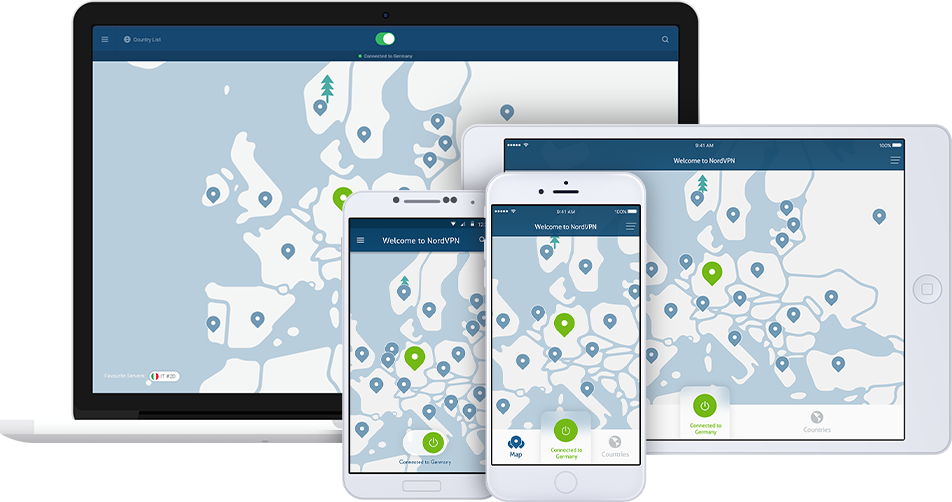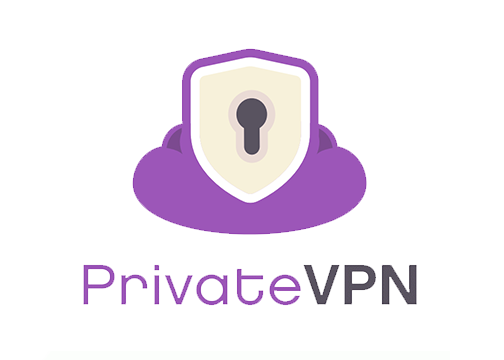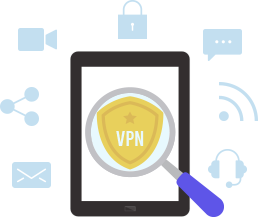9 Easy Ways to Unblock YouTube in China in 2020
Last Updated by John Bennet on July 01, 2024YouTube is the second-largest search engine in the world, trailing only Google. For most of the world, it’s an everyday visit and the source of hours of entertainment, information gathering, and news watching.
But YouTube isn’t so well thought of in several part of the world, notably China where it has been blocked since March of 2009, nearly a full decade of silence.
Although the government tries to censor its usage, the Chinese people, not to mention those visiting or working in country, still believe they have the right to view what they want to online. This brings to the forefront the idea of workarounds to evade the Great Firewall of China.
Here are nine ways to unblock YouTube in China.
1. Use a Virtual Private Network (VPN):
This is the most surefire way to avoid China’s censorship on YouTube. A VPN works by connecting your computer to a remote server located in a country outside of China’s jurisdiction. The closer to China the remote server is located, the quicker speed you can use the Internet. Any request, such as one to visit YouTube, goes through a secured, encrypted tunnel between your computer and the remote server. It’s decrypted there and given an new IP address for the country the server is in. The request is then sent on to the Internet, with the Chinese firewall rendered null and void. When information is sent back to your computer from the Internet, it is routed through the remote server, where it is encrypted and sent back through the “tunnel” that restricts Chinese protocol from seeing the content.
Three quality choices in VPN to unblock YouTube in China are NordVPN, PrivateVPN, and ExpressVPN.
1Private VPN

Sweden’s Private VPN is excellent for use in China because it has an automatic killswitch should the connection slip, keeping you safe from prying eyes.
2ExpressVPN

ExpressVPN is in the British Virgin Islands and has the best speed in the industry along with unlimited bandwidth and server switches.
3NordVPN

NordVPN has more than 4,400 servers across 60 countries and is famous for being top-drawer when it comes to getting around censorship.
2. Use a proxy website.
Proxies are like VPNs in some ways except that the proxy won’t encrypt your data; it merely allows it to flow through. It changes your location with a different IP address like a VPN, but your ISP can monitor all your activities, which is particularly bad if you’re being monitored as the proxy routes YouTube videos or searches back through to your computer
3. Use Browser Add-Ons:
Most Internet browsers come equipped with add-ons that make it more convenient to use for sites you visit frequently. For YouTube, these include ProxTube for Firefox and Proxflow for Chrome. Both of these add-ons have US proxy servers that are perfect workarounds for the Chinese censorship. These add-ons have the same weak point as proxies however, in that your ISP can see what information you are sending and receiving.
4. Google Translate:
Confused? Don’t be. When you insert a URL into Google Translate, it reroutes that URL to another domain; one not blocked by your network administration.
5. The power of ‘S’:
Most websites are entered manually when they are blacklisted, such as “http://www.youtube.com”. However, that’s not the only way to access YouTube. You can add an “s” to the “http” to try and make it through the secure version of YouTube.
6. Download YouTube videos without visiting YouTube:
There are many websites that let you search for files on YouTube without specifically going to YouTube. This allows you to download MP3 or MP4 files legally. You can also search for results like “Star Wars trailer” and find the link to page on YouTube, then copy and paste it on a YouTube download site.
7. Try competing websites:
The likes of Vimeo, Dailymotion, and Metacafe are not as popular as YouTube for a reason, but they still have reasonable libraries themselves. And there are more video websites popping up all the time. Try and find new ones that contain the same videos you want to watch on YouTube.
8. Use the Tor browser:
Tor is an anonymous browser that sends data packets to random relay points all over the world to prevent hackers or your own ISP from seeing your online activity. The website in question never sees your real IP address, only that of the last relay node it went through. Tor’s legality and availability in China are questionable. If you’re planning on visiting the country, consider downloading the Tor browser before you arrive in China to ensure you access to it.
9. Set up a Proxy in your Browser:
It will take a few technical steps and constant refreshing, but you can set up your own proxy in a browser like Firefox.










